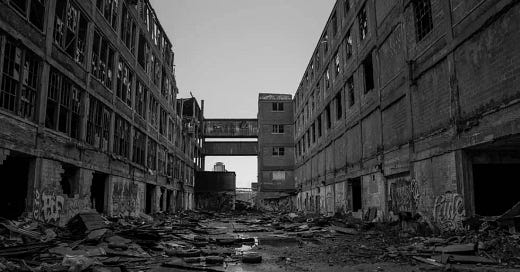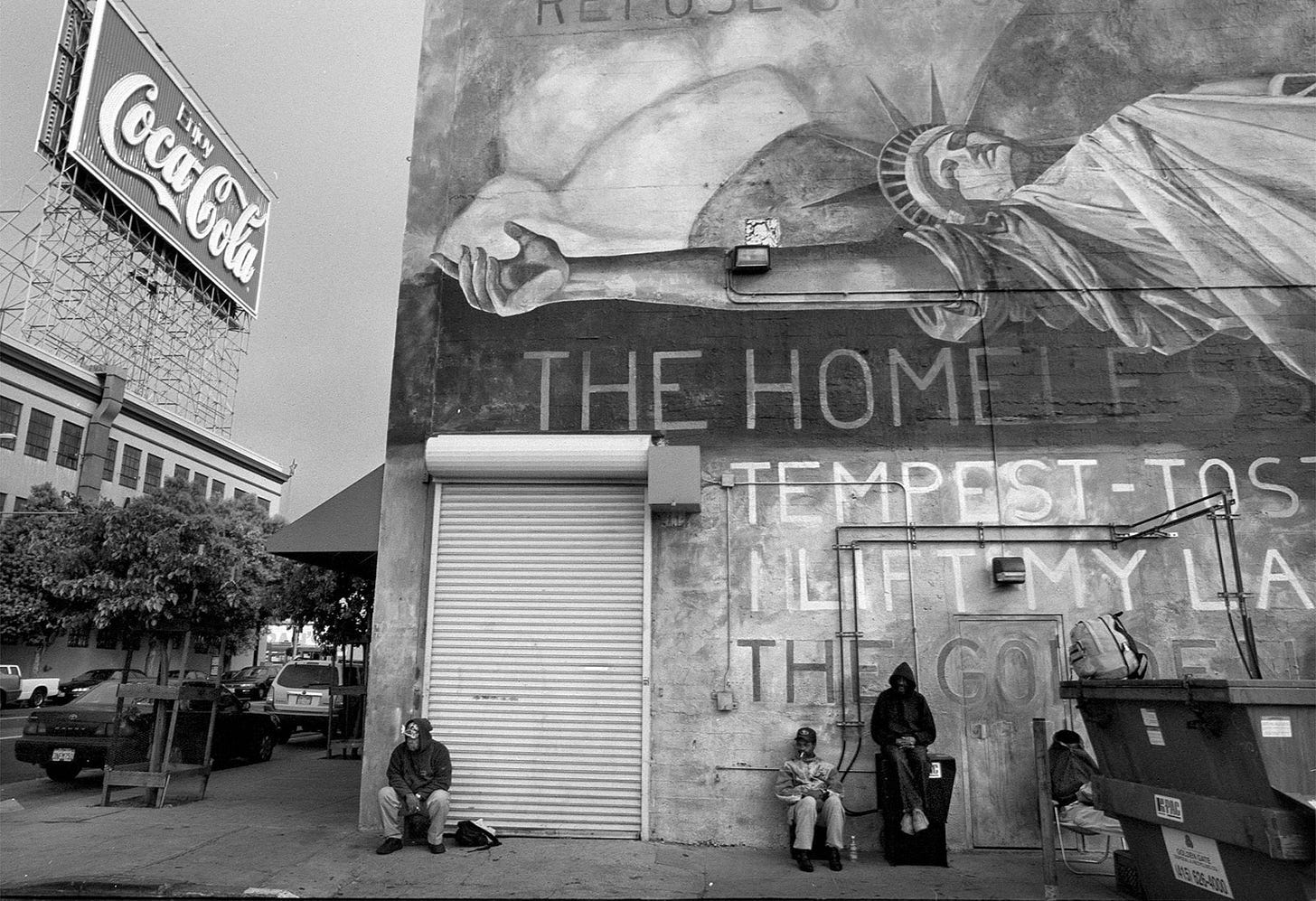While the bankers built the Minotaur, the political class worked to realise Hayek’s vision of a strong state committed to administering free markets. Influenced by a new generation of academics and politicians whose education in economics was dominated by the Chicago School’s neoliberal ideas, political parties on both the left and right began to restructure society in accordance with what Mark Fisher called ‘business ontology’—the belief that ‘it is simply obvious that everything in a society, including health and education, should be run as a business.’1
Guided by neoliberal ideas, economic principles soon intruded into every area of life. Universities, schools, hospitals and government departments were soon restructured in line with business principles. To ensure their ‘efficiency,’ neoliberals ran these services as if they must make a profit; in some cases, they were simply sold off and privatised, leaving vital public services subject to the whims of investors and the violence of the market. Alongside this business ontology, there came a new class of bureaucrats dedicated to applying market principles to areas inimical to them. Despite the conservatives who promised that the ‘free market’ would force state bureaucracy to wither away, governments remained stubbornly constant in size.2 But this should have been no surprise. As Hayek understood, ‘free markets’ cannot run without massive state intervention. Neoliberalism demands a large, undemocratic state authority if it is to function.
While the US government became increasingly corporatised, industrial production began its exodus from the country. New international trade deals supported by economists and corporations liberalised the movement of capital and goods across the world. In a matter of years, companies offshored their production, redirecting their investments to countries where labour was cheaper and regulations less strict. Back in the US, used computers and the internet to automate whatever tasks they could. Corporate profits and the incomes of high-earners grew. But as middle-skill jobs in manufacturing were sent overseas or replaced by machines, the American middle class saw their wages fall while lower class incomes stagnated. Inequalities in wealth, income, health and education rose, and the standard of living for many Americans started to recede, a fact papered over by the influx of cheap, new consumer goods and easy access to credit. Before long, a chasm opened up between the wealthy and the rest of American society.
Just as industry outsourced its production overseas, politics began to outsource its activities to the private sector. Influenced by corporate powers whose financial activities had brought them immense wealth, politicians increasingly used ‘cost-benefit’ analyses produced by consultants in management, economics and law to make their decisions. Denominating everything in dollars, these consultants could give but one piece of advice: optmise utility, maximise profits. A revolving door policy between Wall St, the Federal Reserve, Congress and the boardrooms of corporate America was established too, ensuring that politicians would use their influence to better the prospects for businesses, even if their actions came at the expense of workers and voters. These forces soon reshaped the state into a technocratic instrument operated by experts whose purpose was to ensure the growth in share prices, profits and GDP.3 Political parties converged on a supposedly ‘apolitical’ centre where they became more or less indistinguishable. They might be socially progressive or conservative, but they agreed that the capitalist markets should rule all.
As the prospects for the American middle class declined, the market penetrated everything and politics was hollowed of content, the shadow of business ontology fell upon the instruments of state welfare. Echoing Friedman and Hayek, politicians such as Thatcher and Reagan argued that the minimum wage, unemployment benefits and high taxes impeded the operation of free markets. Such policies were contrary to liberty, to efficiency, to the smooth functioning of the price mechanism. Successive governments both left and right steadily cut back these measures, pitching society’s labourers and its most vulnerable citizens into the frenzy of market competition.

Where Keynes suggested fiscal stimulus, austerity became the ruling principle for economics. People consequently became responsible for their subsistence, their health, their education. And if they failed in these responsibilities—if they did not accumulate enough capital to pay for their healthcare and learning—or if they could not participate in markets, society had little place for them. People had freedom under neoliberalism, then, so long as they had money. In this society where everything is bought and sold, this meant there was democratic freedom for the wealthy, and undemocratic unfreedom for those without means. Far from being a politics of liberty, then, neoliberalism was mode of subjugation, constraint and deprivation.
References
Brown, W. (2019) In the Ruins of Neoliberalism: The Rise of Antidemocratic Politics in the West. New York, Columbia University Press.
Fisher, M. (2009) Capitalist Realism: Is There No Alternative? London, Zer0 Books.
Footnotes
Capitalist Realism, p.17.
Capitalist Realism, p.20. Statistics show that between the dawn of neoliberalism in 1980 and 2009, the year after the GFC with the highest number of government employees on record, the size of the US government as a share of population only fell from 14.59% to 13.55%. See https://www.statista.com/statistics/204535/number-of-governmental-employees-in-the-us/
In the Ruins of Neoliberalism, p.57.








